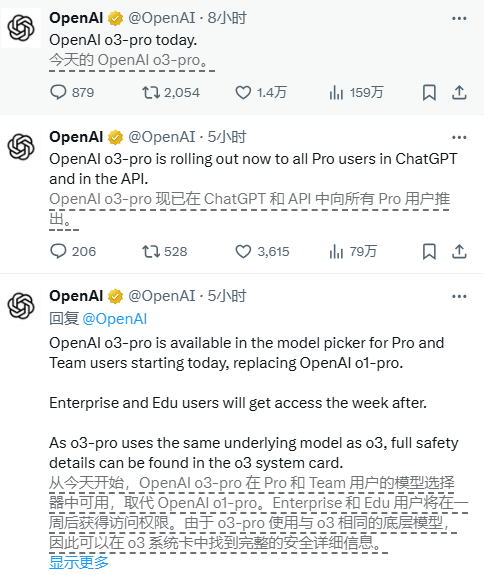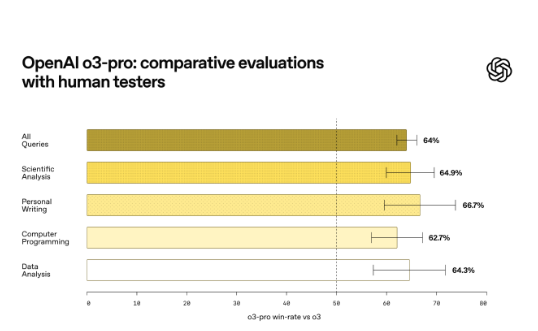OpenAI's New o3-Pro AI Model Prioritizes Accuracy Over Speed
OpenAI has unveiled its latest artificial intelligence model, the o3-pro, designed specifically for enterprise applications requiring high precision. The new iteration builds upon the company's existing o-series inference models with improved accuracy and expanded tool integration capabilities.

The o3-pro distinguishes itself through its ability to handle complex business problems with greater reliability. Developers can now access enhanced functionalities including web search, file analysis, visual input reasoning, Python programming support, and personalized responses. However, these advanced features come at a cost - both in terms of processing time and financial investment.
Response times have notably increased compared to previous models. OpenAI acknowledges this trade-off in official communications: "The response time of o3-pro is typically slower than o1-pro. We recommend using it when reliability outweighs the need for speed." Early adopters report wait times ranging from 2-3 minutes for simple queries, with Hyerbolic Labs CTO Yuchen Jin documenting a $80 charge for a basic interaction.
Pricing structures reveal significant cost differences between models. The o3-pro carries input/output fees of $20/$80 respectively, while the standard o3 model costs just $2/$8 - making the premium version approximately ten times more expensive. This substantial price gap may deter smaller enterprises or individual developers from adopting the technology immediately.

Technical improvements focus on specialized domains including scientific research, education programming, business analytics, and writing assistance. While sharing the same foundational architecture as the o3 model released in April, the pro version demonstrates measurable performance gains in accuracy testing. Notably absent is image generation capability, which remains unavailable in this release.
The rollout follows OpenAI's pattern of staggered model introductions, coming just months after their o4-mini announcement. Current limitations include disabled temporary chat functionality as engineers address technical concerns. Despite these constraints, early workplace implementations show promising results for complex analytical tasks.
Key Points
- OpenAI's o3-pro delivers superior accuracy for business applications but operates slower than previous models
- Expanded tool integration comes with substantially higher operating costs compared to standard versions
- Early testing shows strong performance in technical fields despite current feature limitations